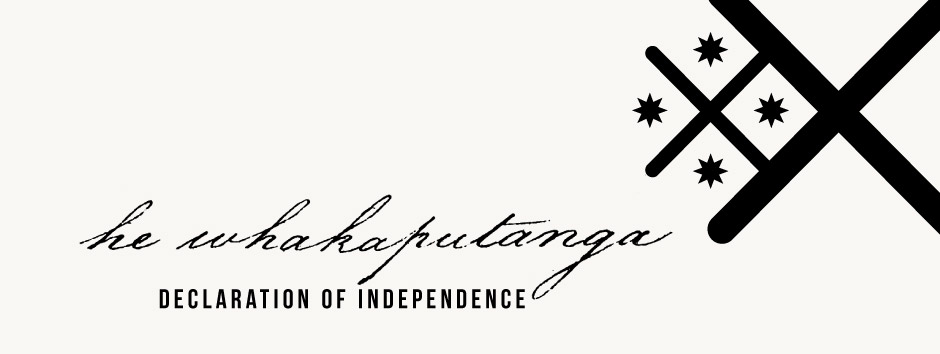Signing details
Moetara Motu Tongapōrutu was the principal leader of Ngāti Korokoro in the 1820s and 1830s. His mother was Ketekōpuru, and some believe his father was Te Aitu, but according to local tradition his father was Rewha, Te Aitū’s brother.
In 1819 Moetara joined the taua of Patuone, Tāmati Wāka Nene and Tūwhare, which travelled down the west coast as far as Te Whanganui-a-Tara (Wellington Harbour). Two of Moetara’s cousins died in Taranaki, and it may have been in remembrance of their loss that he took the name Motu Tongapōrutu, the name of a North Taranaki pā. He is also said to have been one of the lucky few to escape the 1826 battle that led to the death of Pōmare I, the uncle of Pōmare II.
A respected war leader who was present at many battles of the 1820s and 1830s, Moetara was also a trader and agriculturalist, and by 1828 had planted 200 acres (80 hectares) of crops for trade with Europeans.
At times he was involved in conflicts with neighbouring hapū, including retribution against those who plundered the wrecked schooner Enterprise in 1828, and conflict over trade with James Reddy Clendon in 1833. For protecting Clendon’s property, Moetara was presented with a sword, cloak and letter of appreciation from the Lieutenant Governor of Van Diemen’s Land (Tasmania) in 1834.
Moetara was one of 13 rangatira to write to King William IV in 1831, and was present at the selection of Te Kara (the United Tribes’ flag). Concerned over drunkenness, in September 1835 he attended a meeting at Mangungu to prohibit the importation and sale of spirits in the area, and was appointed to board and examine all vessels entering the Hokianga for this purpose. A month later, on 28 October 1835, he signed He Whakaputanga.
Moetara died on 23 December 1838 and was succeeded by his brother Rangatira, who adopted the name Rangatira Moetara in his honour. Moetara is buried at Whāngāpē.
